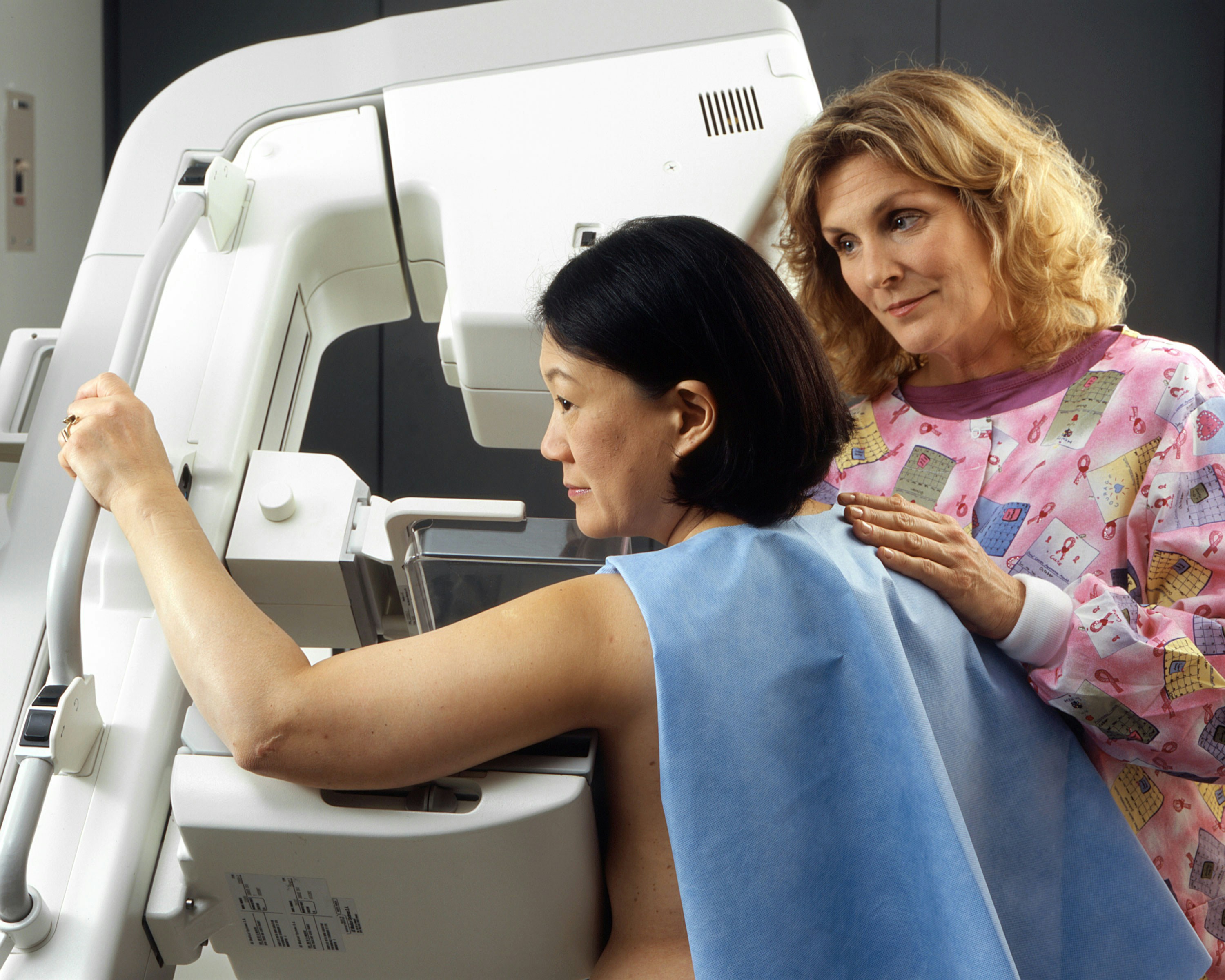Media release
From:
Participation rates in breast cancer screening have increased
More women are taking part in breast cancer screening through the BreastScreen Australia program, with over 1.9 million women aged 50–74, or 52% of the target population, screening in 2023–2024. This is an increase from the 1.8 million or 50% who were screened in 2021–2022.
Published today by the Australian Institute of Health and Welfare (AIHW), the BreastScreen Australia monitoring report 2025features the latest data from BreastScreen Australia on breast cancer incidence, mortality and screening participation.
The program provides free 2-yearly screening mammograms to women aged 40 and over, actively targeting women aged 50–74. It aims to detect unsuspected breast cancer, providing an opportunity for early treatment that can reduce illness and death.
Since the program began in 1991 to 2023, it is estimated that more than 26.7 million mammograms have been carried out and over 137,000 invasive breast cancers have been detected.
‘In that time, the age-standardised breast cancer mortality rate for women has halved from 74 to 37 deaths per 100,000 women,’ said AIHW spokesperson Moira Hewitt.
‘This decrease is due to the early detection along with advances in the management and treatment of breast cancer.’
‘Continued uptake of breast screening is crucially important.’
The proportion of participants aged 50–72 in 2021 who rescreened within 27 months was 54% after having their first screen through BreastScreen Australia, 63% after their second screen and 78% after having their third or higher screen.
Breast cancer is the most common cancer in Australian women, with 11,540 new cases diagnosed in women aged 50–74 in 2021. Of these, 49% were detected through BreastScreen Australia. This was an increase from 10,935 in 2020.
‘Incidence of breast cancer is much higher in older women, with 81% of breast cancers occurring in women aged 50 and over,’ said Ms Hewitt.
‘In fact, women aged 70–74 are most at risk of being diagnosed with breast cancer, with an incidence rate of 427 new cases per 100,000 women in 2021.’



 Australia
Australia


